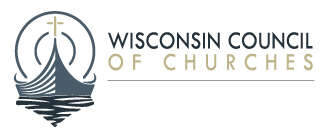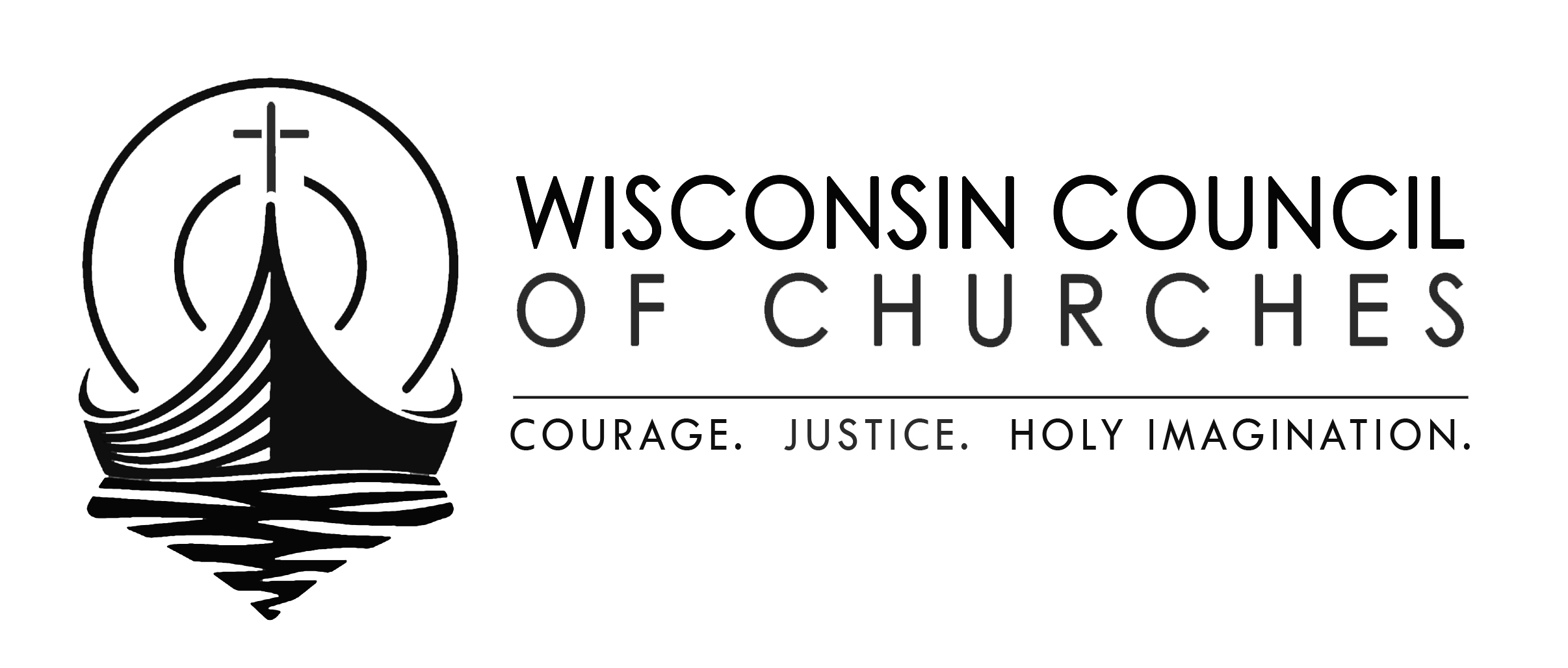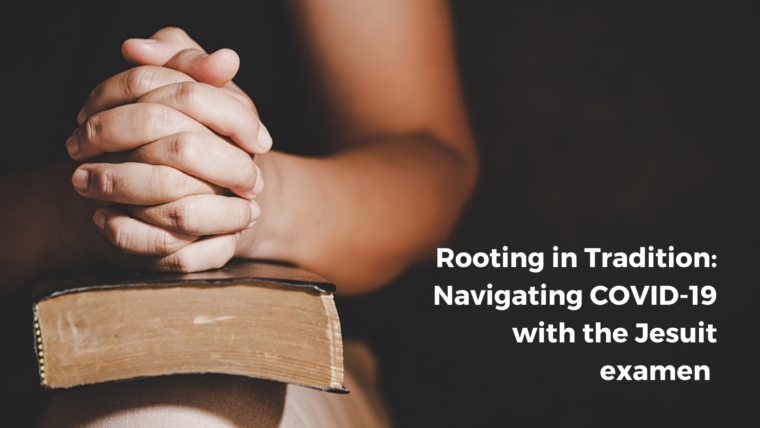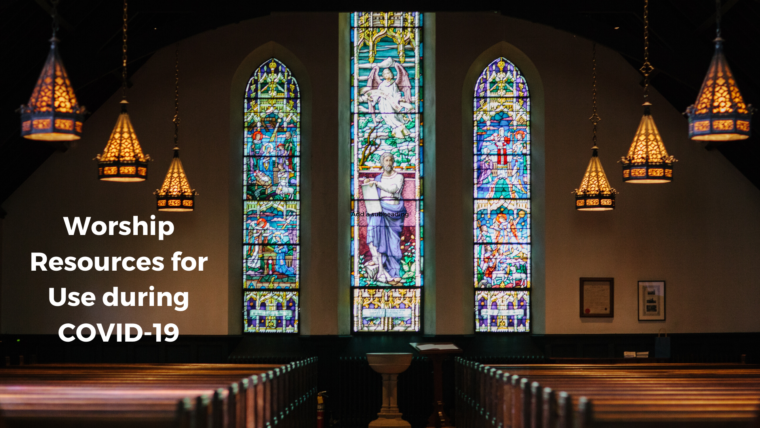Courage to Close: Reframing the Conversation
Rev. Libby Howe, Congregational Support Coordinator for Peace & Justice Ministries
“Vilas is upset,” some in-the-know church council members told me. When I inquired as to why they simply said, “because of the building project.” I was still a pretty new pastor and hearing that one of my people was upset was, well, upsetting! Knowing it was about the building project was more disconcerting because Vilas’ support mattered. A lot. He was one of those “pillars of the congregation.” Faithful. Kind. Generous. His family were charter members. And while he wielded no formal authority as an elected officer of the congregation, his influence was powerful. No one ever wanted to hear that Vilas was upset, but especially not when a $250,000 capital campaign was on the table.
It stunned me that Vilas was upset about the building project. He was one of the ones that needed it most. The church was inaccessible to anyone with mobility issues. Two flights of stairs led to the fellowship hall and the only bathrooms, which were tiny. And even though the sanctuary was at ground level, the entry to the building could not be navigated in a wheelchair or with a walker. Vilas was in his late 80s at the time, and his wife’s health was declining. Why in the world did he not see the obvious need?
So I called Vilas and made a plan to visit for coffee later in the week. Thankfully, Vilas was very open with me about why he was upset. He told me that when I talked about the need for the project, all he heard me saying was everything that was wrong with the current building – a building he, along with several others who were still living, helped fund, plan, and build 50 years prior. A building that served the church well for decades. A building that held windows in honor of his family members. The more he heard me talking about what needed corrected and fixed, the less interest he had in being a part of it. He told me about what went into the current building, like the major decision to change the location of it, bringing it down from on top of the ridge into the village where the main street was, almost right next to the school and close to where new houses were going up. Most astonishingly, it involved moving the church building away from its own cemetery! “But it had to be done,” Vilas said, “even though some people were upset, because the church needed to serve the community.” Before my visit with him, I did not know any of that history! But what an incredible story and legacy we had to draw on by talking about the big, bold moves the congregation made in its past! Compared to that, this current building project was no big deal at all!
It turns out that Vilas wasn’t upset with the idea of a building project. He was upset with the framing of it (pun not intended). Was it something we needed to do to correct a previous mistake? Or was it the next iteration of how God was calling this church to serve its steadily growing, aging community?
“Reframing” is a term used in psychology to describe “a process of reconceptualizing a problem by seeing it from a different perspective. Altering the conceptual or emotional context of a problem often serves to alter perceptions of the problem’s difficulty and to open up possibilities for solving it. In psychotherapy, for example, the manner in which a client initially frames a problem may be self-defeating. Part of the therapist’s response might be to reframe the problem and the thoughts or feelings that the client associates with it, so as to provide alternative ways to evaluate it” (American Psychology Association Dictionary of Psychology).
How a challenge is framed, just like how a piece of artwork is framed, can change the whole experience of what is inside. Recently, along with other staff at the Council, I have been in conversations with a group called The Good Friday Collaborative. Their purpose is to help congregations navigate the difficult terrain of ending a ministry. Aside from the substantive and sensitive work they do, the name itself, “Good Friday Collaborative,” is such a helpful frame for this process. Centered around Holy Week and Easter, the most significant story of our tradition, it does not deny death or grief or pain, but it also implores us to embrace the process from the point of resurrection. As my friend, Rev. Anna Madsen, often says, “Grief and pain and death are real. Hope and joy and life are real-er.”
Suppose a congregation does not end a ministry because they are unsuccessful. What if, like Jesus, the last words of people closing a church are not “We failed,” but, “It is finished”? It is finished. We did what God put us here to do. Now we will wait for Easter, trusting that God will bring life from death, joy from pain, and dancing from mourning, because that’s what God has always done.
It is time to reframe our conversations about closing, merging, changing, or doing church “differently.” While such conversations are often catalyzed by real pains and griefs like limited financial resources, difficulty securing pastoral leaders, and a shrinking volunteer base, they don’t have to stay in that fear and scarcity frame. We can put them into frames of possibility and holy imagination. As Vilas taught us, we can tell the story differently, appreciate where we’ve been and come from, and embrace this current moment with the kind of courage it takes for a faith community to move their location away from their beloved dead in the cemetery to serve the beloved living in the village for many more years to come.
How is God calling your congregation to be courageous today? What must die so that we might live?




